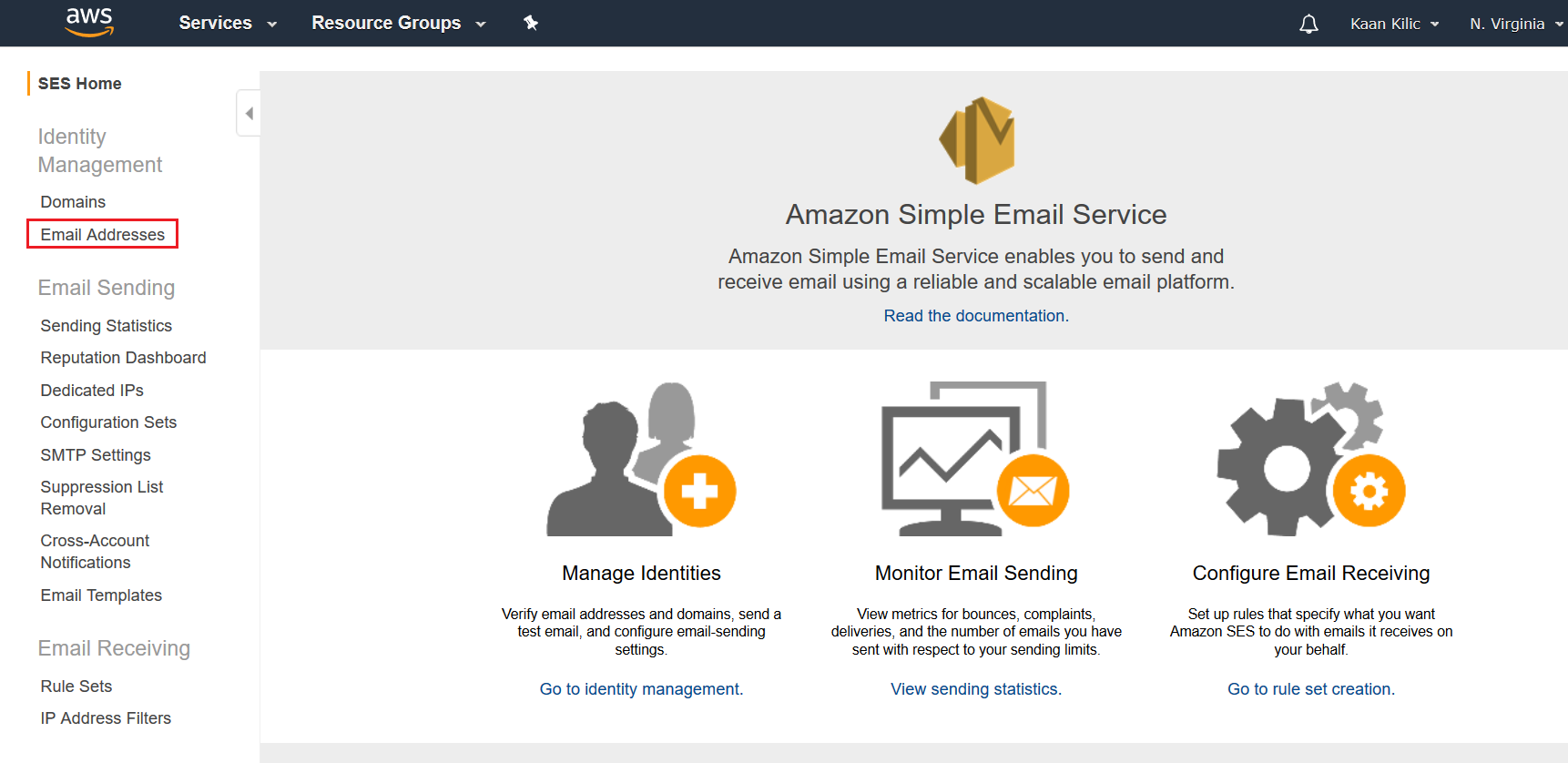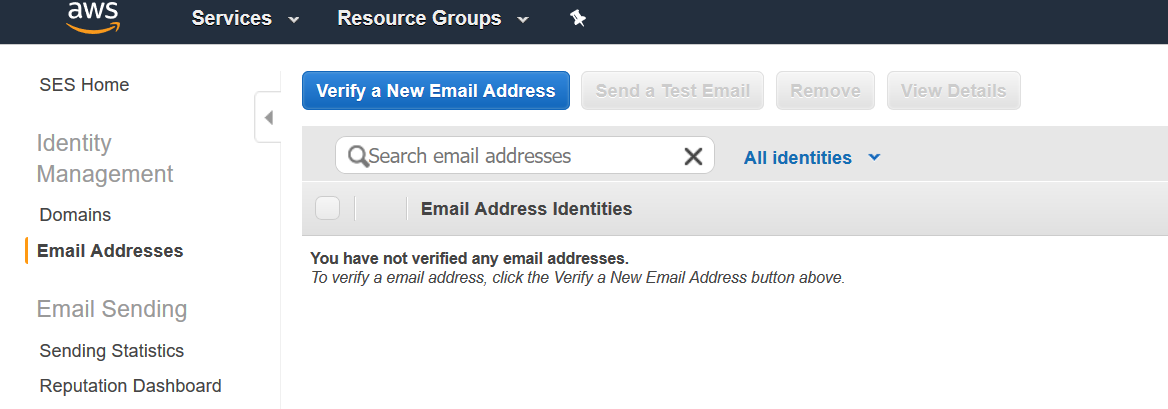@jlopezr/jovo-plugin-error-email v2.0.4

Installation
If you are using the Jovo Framework version < 2.0.0, please checkout the v1 branch here
$ npm install jovo-plugin-error-email --saveIn your Jovo project:
const {EmailErrorPlugin} = require('jovo-plugin-error-email');
const app = new App();
app.use(
// other plugins, platforms, etc.
new EmailErrorPlugin()
);module.exports = {
// other configurations
plugin: {
EmailErrorPlugin: {
fromEmail: 'fromEmail', // required
toEmail: 'toEmail', // required
subject: 'subject',
awsConfig: {
accessKeyId: 'access_key_id', // required
secretAccessKey: 'secret_access_key', // required
region: 'region' // required
},
smtpConfig: {
host: 'host', // required
port: 'port', // required
auth: {
user: 'user', // required
pass: 'password', // required
}
}
},
// other plugins
}
};The plugin works with any SMTP Server or Amazon Simple Email Service and nodemailer.
Amazon Simple Email Service
If you choose this option it is not necessary to fill the SMTP Server configuration.
As you saw above you need to provide the credentials to an AWS account, which has to have the following policy attached:
{
"Statement": [
{
"Effect": "Allow",
"Action": "ses:SendRawEmail",
"Resource": "*"
}
]
}The email, which will be used to send out the messages, has to be verified!
Go to the Email Addresses tab on the AWS SES landing page:

and click on Verify a New Email Address:

After typing in your email address, you will receive a confirmation email and you're good to go.
SMTP Server
As you saw earlier, you need to provide the parameters to configure SMTP Server and you don't need to fill the AWS configuration.
smtpConfig: {
host: 'host', // required
port: 'port', // required
auth: {
user: 'user', // required
pass: 'password', // required
}
}License
MIT